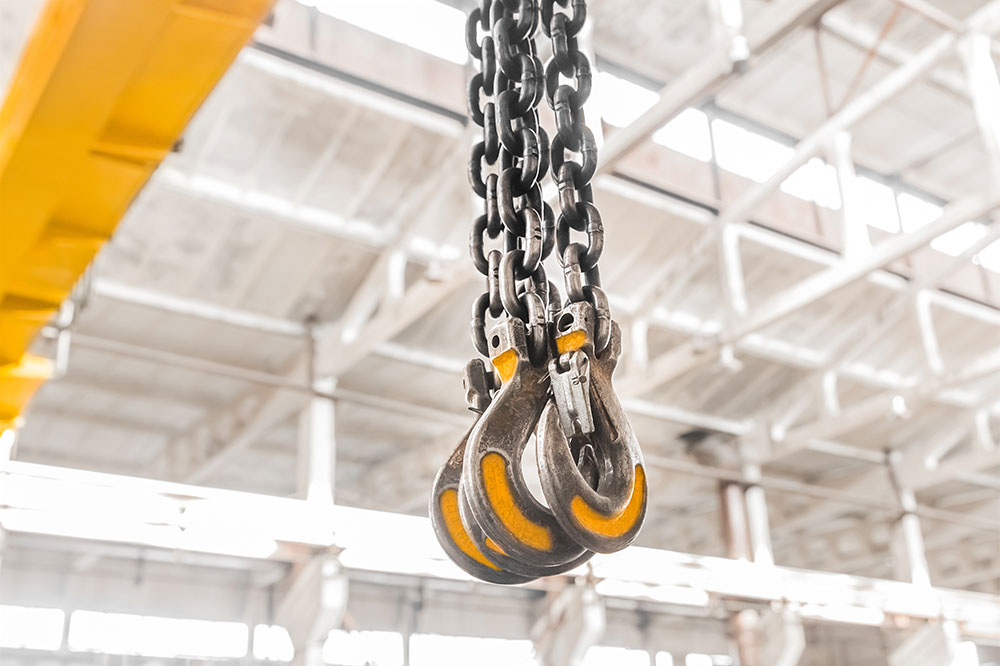Important things to know about hoisting equipment
A body hoist lift, commonly referred to as hoisting equipment, lifts load with either a wire rope or a link/roller chain. Body hoist lifts operate in conjunction with workstation cranes and overhead cranes. An operator directs the travel of these lifts either with wireless controls, wired pendant station, or manually. Read on to get more information on hoisting equipment.
What is a material hoist?
It is a device utilized for moving or lifting materials. There are different types of hoists available in the market. They can be either lever-operated/manual or electro-hydraulic. They can also be in the form of a pendant or base-mounted cranes.

Industries that use hoisting equipment
These equipment play a pivotal role in lifting and positioning heavy loads in prominent and large-scale industries, such as warehousing and distribution, steel, paper, newspaper, manufacturing, commercial printing, chemicals, and automotive. Additionally, they are used in some other sectors like mining, medical, marine, logging, construction, and aerospace.
Types of hoisting equipment
Here is a broad classification of hoisting equipment.
- Powered hoists
You can find these types of lifting equipment in three forms. These include hydraulic, pneumatic/air, and electric. The lifting speeds of powered hoists are quick. Moreover, these hoists have a broader range of lifting capacity and are operated by a controller or pendant. - Manual hoists
Also known as chain falls, these hand chain operated or lever-actuated lifting equipment. This form of hoist utilizes two different chains, which include the load chain and the hand chain. The load chain offers support to the load, whereas a hand chain is used to manage the actions related to lifting and lowering. Compared to powered hoists, manual hoists are more portable and simpler to transport. Additionally, these hoists come at a lesser initial cost. However, they lag in some features compared to powered hoists. For instance, these hoists are prone to more wear-and-tear and need longer lifting time and more work to lift heavier loads.
Pros of hoisting equipment
There are many plus points of hoisting equipment. Firstly, they offer portability; so, they can be transported from one site to another. They can be used either outside on the dock or indoors. They can be customized to handle various loads and products. It has lower maintenance costs than other lifting products. Lastly, these equipment offer safety in operations.
